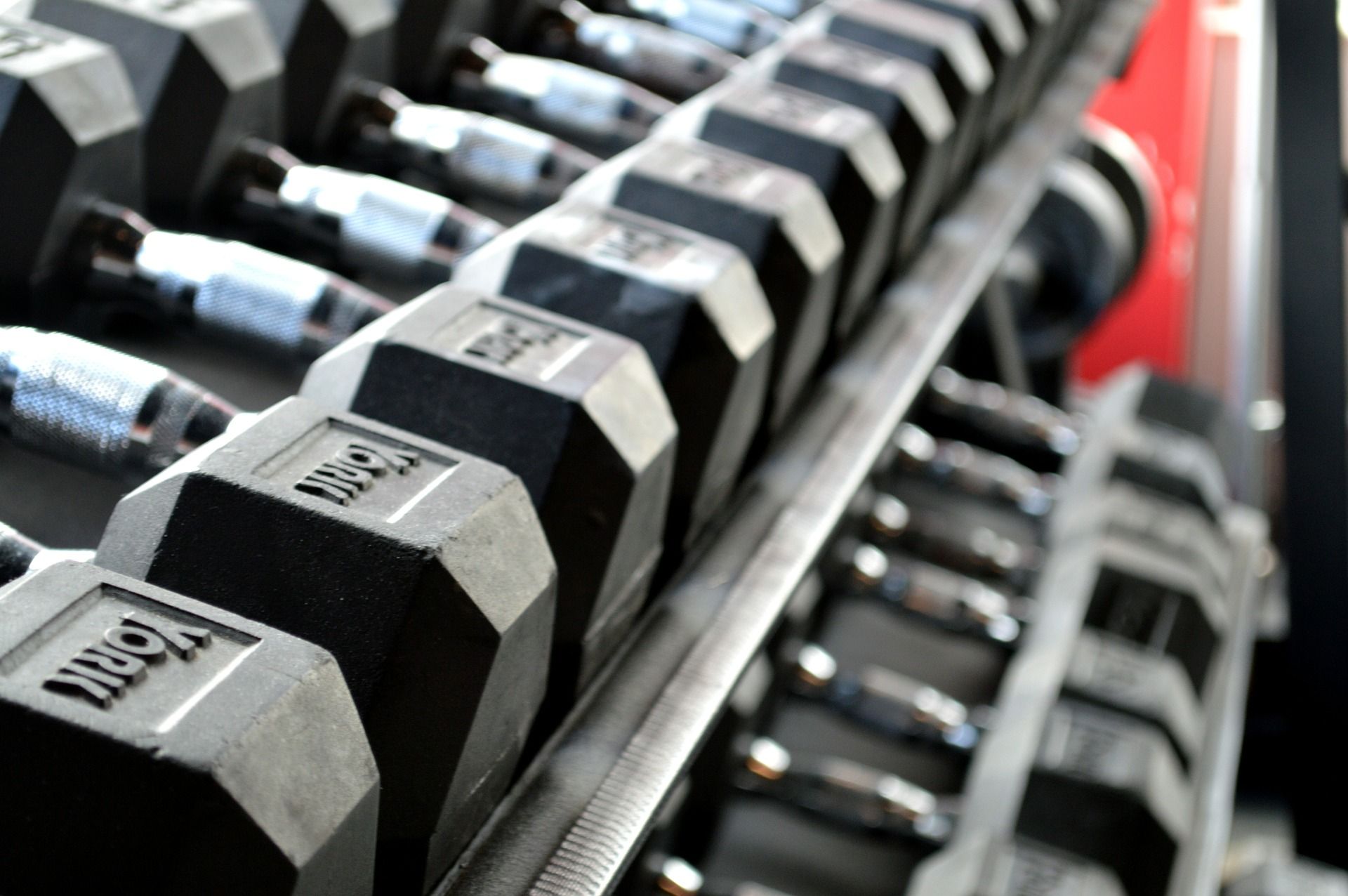Joining a gym may seem an intimidating prospect at first, with the sheer wealth of information making it difficult to understand what’s best for you
Many people are put off by the idea of entering the weights room for the first time.
Why? Often, it’s not the concept of lifting challenging weights that causes hesitation – more the amount of gym jargon and how that permeates the fitness world.
If you’re not a novice but still confused by a lot of training terminology, this list can also help you.
Don’t be dissuaded by other dudes discussing the DOMS in their rear deltoids. To cut through the BS and bring your workouts up to speed, take heed from this A-Z list of essential gym lingo.
1RM
Your 1 rep max is the maximum amount of weight you can lift on an exercise for one single rep.
Barbells
These are the metal bars at the gym, with which most free weight exercises are performed – normally by adding plates to each side. Typical barbells weigh 20kg, which you must take into account when calculating what you’re lifting.
Broscience
This is the name given to sketchy locker room advice that is often passed off as legit scientific data.
“Bro, did you know adding 2 scoops of coconut oil to coffee increases your IQ by 20 points?”. You know, that kind of gym chat.
Bulking
Refers to the weight gain that comes from building muscle mass. Bodybuilders would originally ‘bulk’ in their offseason outside of competition time. Those people will consume more calories than are burned off, so extra care needs to be taken not to gain unhealthy levels of weight.
Calisthenics
This style of training uses your bodyweight as resistance, as opposed to exercises involving barbells, dumbbells and machines. Pull-ups, dips and L-sits are just three examples.
Compound exercises
Lifts that work multiple muscles and joints at once, such as the bench press, squat or deadlift. The bench, for example, works the chest, shoulders and triceps, and involves the shoulder and elbow joints.
CrossFit
Originally a Reebok franchise, CrossFit is a sport and workout system that combines virtually all kinds of training into one. For instance, the CrossFit Games incorporates elements of Olympic lifting, cycling, kettlebells and gymnastics.
It’s been criticised for putting relative newbies through intense training involving highly technical exercises (such as the snatch). That said, CrossFit has increased the amount of people taking up weightlifting as a hobby, which can only be a good thing.
Cutting
The opposite of bulking, cutting refers to dropping body fat while still holding onto as much muscle mass as possible.
Normally done in preparation for summer, the concept of cutting originally stemmed from bodybuilding as the pros began to ‘cut down’ for their summer competitions.
DOMS
An acronym given to the soreness experienced after a workout, called ‘Delayed Onset Muscle Soreness’. This can last anywhere from 24 to 72 hours.
Dumbbells
These are smaller, hand-held bars with fixed weights on each end. They are normally stacked on racks at the side of the weights room, and you’re a certified bad guy if you don’t put yours away after using them.
Free Weights
A catch-all term that groups together barbells, dumbbells, kettlebells and any training accessory that doesn’t have a fixed range of motion.
You recruit a lot of a smaller, stabiliser muscles in order to control a free weight, which is why they’re normally prioritised above machines.
Gains
Sometimes referred to as gainz (with an indefinite number of Zs), this refers to your typical training goals – such as muscle growth, increased strength and lower body fat. It’s all about making those gains.
HIIT
High-intensity interval training. A form of cardio that alternates bursts of maximum intensity work with short rest periods. Take hill sprints as an example. You’d sprint up the hill at max intensity, walk or jog back down and then repeat the cycle for a few rounds.
IIFYM
An acronym given to the diet known as ‘If It Fits Your Macros’. It originally gained popularity on the Bodybuilding.com forums, and refers to the idea of allowing yourself a fully flexible diet, so long as what you consume fits within your targets for protein, carbs and fats.
Max Out
Related to 1RM, this refers to attempting your heaviest lift on a particular exercise. If you’re going for a squat 1RM, you’d probably say “I’m going to max out on my squat today”.
PB
Unfortunately this does not stand for peanut butter, although it really should. It’s just an acronym for personal best.
Again, this is similar to 1RM, but whereas the latter just refers to the maximum weight you can lift, personal best refers to any fitness feat you’ve bettered – such as smashing your half-marathon time.
Progressive Overload
This is the method by which most people grow and gain results in the gym.
It refers to the process of gradually getting stronger on your lifts. The body responds to this by increasing in muscle mass in order to cope with the physical stress.
Reps
Short for ‘repetitions’, this is the number of times you can perform an exercise within a set.
Ripped
A term that refers to the defined look of developed muscle mass alongside low body fat.
Sets
The number of reps you perform on an exercise is grouped together into a ‘set’. You will normally perform a few sets per exercise.
Arnold Schwarzenegger aimed for around 30 reps in total per exercise, which you could achieve a number of ways (3 sets of 10 or 6 sets of 5).
Spot
To get a ‘spot’ is to get assistance on an exercise, even if it’s just someone standing over you as you bench to make sure you don’t drop the weight.
You’ll usually need a spot for the heaviest lifts, but there’s evidence that having one psychologically helps you lift more.
Time Under Tension
This refers to the tempo with which you lift a weight at the gym. You aren’t just throwing a barbell from A to B, you’re flexing a muscle against the resistance of the weight to create tension.
Generally speaking, the longer a muscle is placed under tension, the more muscle fibres are recruited and fatigued. That process can lead to those much-wanted gains.
























































